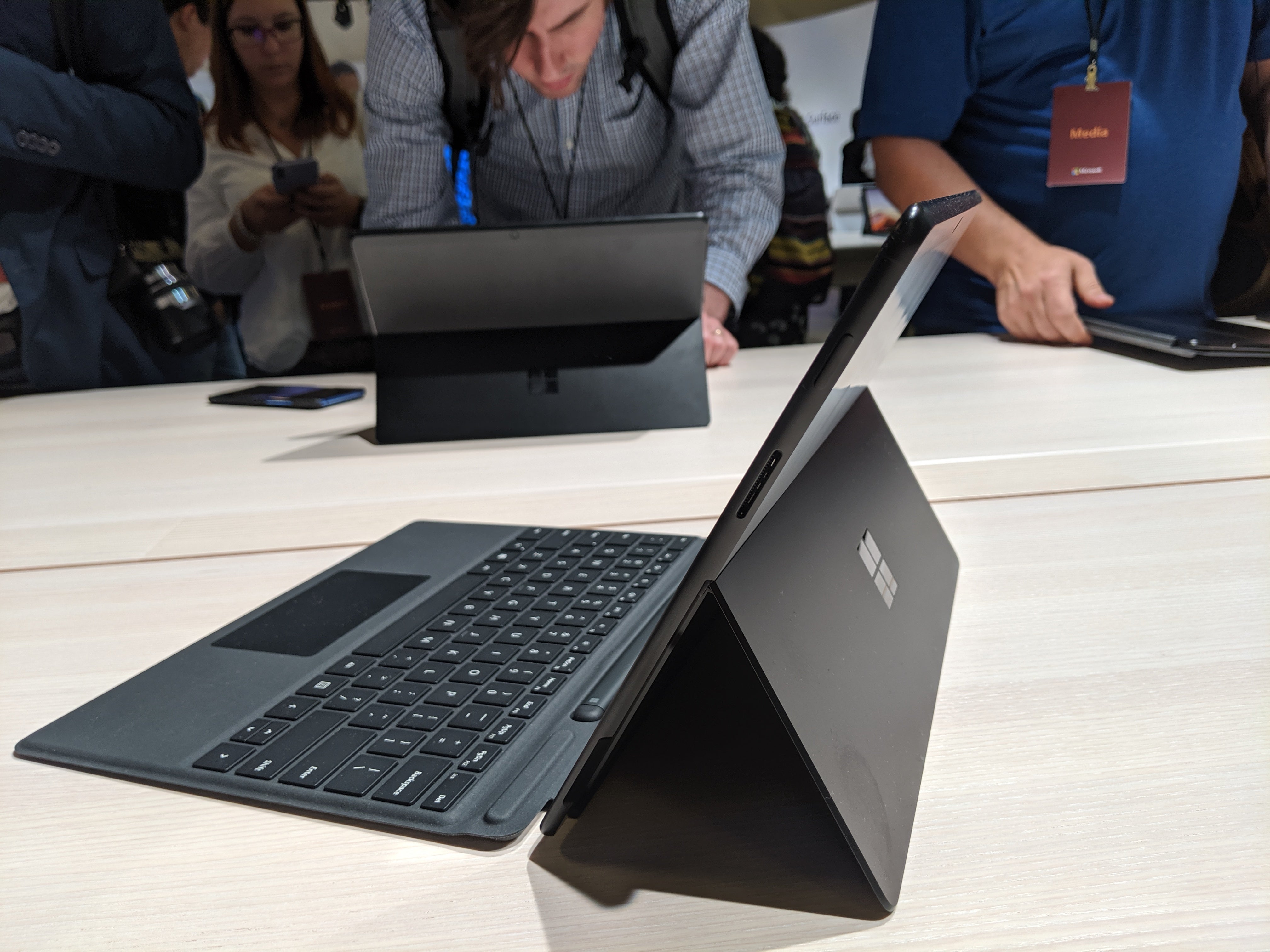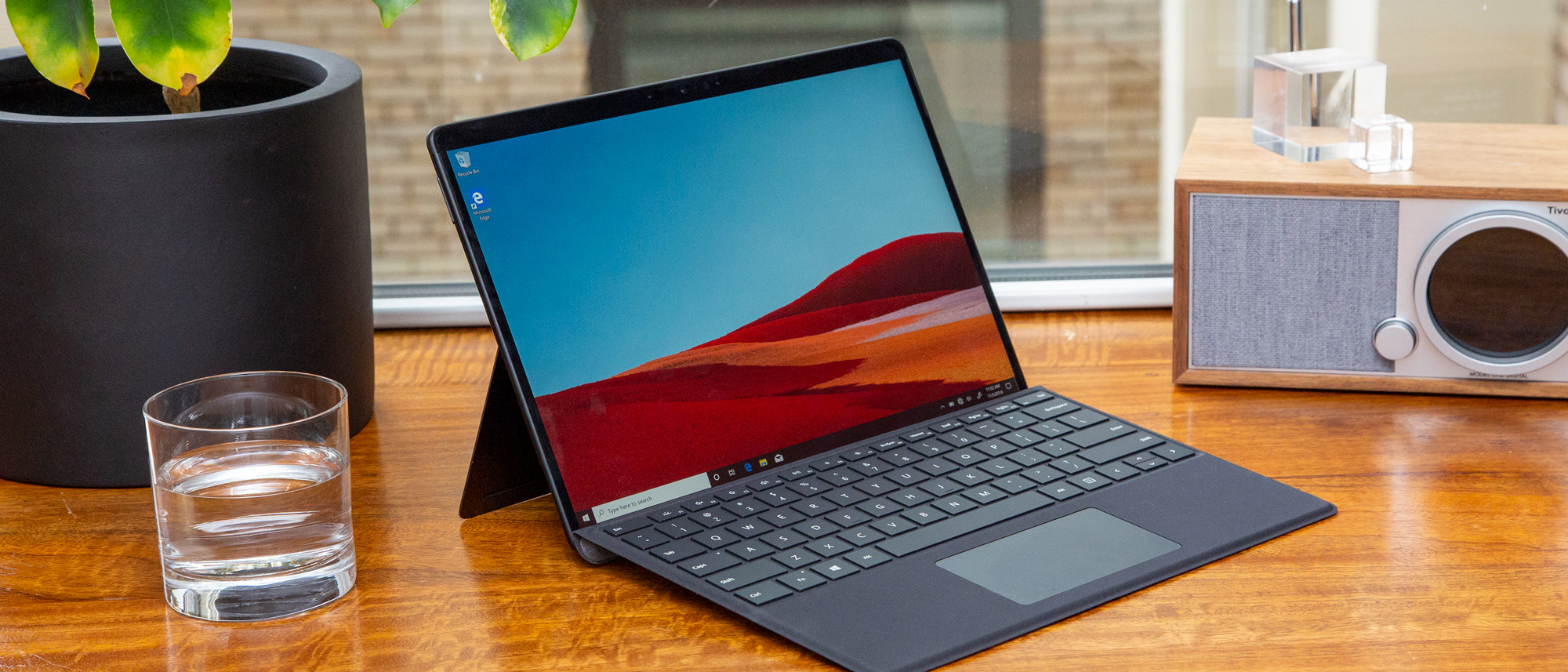


Weight: 1.7lbs (774g) not including keyboard.Storage: Removable SSD in 256GB or 512GB variants (128GB available with SQ1 models).Memory: 16GB LPDDR4x RAM (8GB available with SQ1 models).Processor: Microsoft SQ2 (last year’s SQ1 still available in some models).Display: 13-inch PixelSense display, 2880×1920 pixel resolution (267 ppi), 3:2 aspect ratio.And depending on how you feel about iterative upgrades, that will either be just fine or an annoying pain point. I hope I’ll be able to test x86-64 emulation on this Pro X (2020) once it goes live.Īll that aside, the Pro X (2020) is in some cases better and most ways the same as the OG Pro X. I’ll get more into the technical details deeper in the review for those who care deeply about processor architecture.įor now, all you need to know is that when that emulation capability does arrive, one of my gripes with the Pro X line may no longer apply, assuming that emulation works well and allows for many more Windows apps to play nice with ARM processors. As far as Microsoft has said, the x86-64 emulation will start rolling out to Windows Insider testers in November. However, at the time of writing, the new feature wasn’t live and I wasn’t able to test it.

In short, it means that the Pro X (2020) and presumably the Pro X (2019) will soon have access to more Windows apps than they currently do. If that sounds like gibberish to you, I don’t blame you. The Redmond, Washington-based company plans to roll out support for emulation of x86 64-bit (also called x86-64) apps on ARM processors. The most significant change for either the Pro X (2020) or Pro X (2019) is still on the way. The main three differences between this year’s and last year’s Pro X are as follows: new chips, new colour and new price.Īlthough the hardware changes are minimal with the Surface Pro X (2020), Microsoft could very well invalidate everything I say in this review in the next few months. I’ve been using the Pro X (2020) for about a week and, aside from being at my home office, it feels a lot like last year. For the sake of my sanity (and yours), I’ll refer to them as the Pro X (2020) and Pro X (2019) throughout this review. Microsoft’s new Surface Pro X is the same as the old Surface Pro X in almost every way, including its name.

If it weren’t for the fact that the pandemic has me stuck in my basement working on this review instead of sitting in the MobileSyrup office, I’d say I have a bad case of déjà vu.


 0 kommentar(er)
0 kommentar(er)
